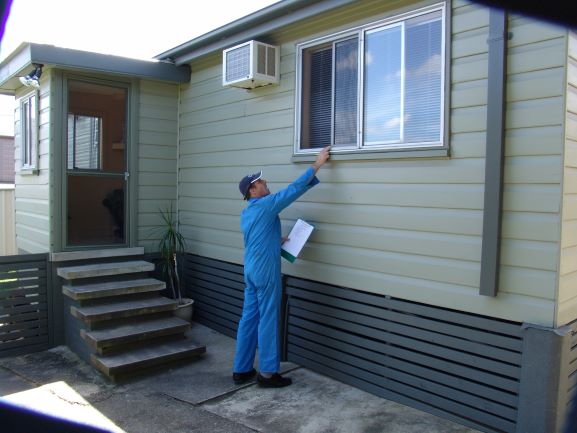You hopefully have not had reason to know this, but when Rapid Solutions receives an insurance claim, we ask for all paperwork related to that incident. Making the right report recommendations in pest and building reports is often quickly brought to light.
In the case of a termite management claim, one of the documents we review is the pest inspection report. Almost every time, one of our claims team says, “If only they had made a recommendation?”
Many inspection report templates (such as those Rapid Solutions provides clients) contain a section that is designed to assist the inspector in this regard. It’s there to help – we suggest taking advantage and using it to help yourself and your customers in the long run.
Use the correct wording
When using a template to make a recommendation in a pest inspection report, it is unlikely that the ‘standard wording’ within it will relate directly to that situation.
As an example, one report we recently reviewed noted dampness in a wall that was detected with a moisture meter. That report directed the reader to standard wording contained in the report, entitled ‘moisture’. However, when we read that section, it was discussing moisture in the subfloor and didn’t even mention high moisture in the walls.
It is so important to focus on making the right report recommendations. Doing so will likely save you time and money in the long run.
When you detect something during an inspection and you are completing your check sheet, always make your own clear and appropriate recommendation specific to that situation. You should never rely solely on standard wording from the report, but feel free to use it as guidance.
Why? Standard wording is just that, standard. It has been put together using the experience of the person or people constructing the report. It is there to give basic or background information to assist the customer when they need to make decisions. It is a general overview of a situation or a ‘normal’ reason for a recommendation. This in turn can be of assistance to you, the inspector, in that your customer may feel comfortable enough take up your recommendation.
Inspection report wording examples
In exploring tips for making the right report recommendations, let us now look at pest and building inspection report wording examples.
You may consider that a more invasive inspection is required because you detected high moisture meter readings outside the bathroom. Your report should tell your customer that you found high moisture and where you found it. If you say “A more invasive inspection of this area is considered essential to determine the cause of the high moisture”, that is appropriate. It is simple and specific and does not rely on any other section of the report.
Equally, if there is insulation in the roof void impeding the inspection, a recommendation of “An invasive inspection is not within the scope of this inspection; however a more invasive inspection of the top plates around the wet areas is strongly recommended.
If you are using our Rapid Solutions Rapid Inspect App or a reporting template, the Invasive Inspection section gives reasons why an invasive inspection may be necessary and where it may occur. It also warns that there may be damage or disruption caused during the extended inspection.
Understand the wording
If you choose to refer the reader to standard wording in the report, it is essential that you understand exactly what that wording says. Be sure it is relevant to their individual situation.
Always report clearly and completely at the point of comment in the report and only refer to standard wording as a backup. In this way, you better fulfil your duty of care and reduce the risk of a successful insurance claim being made against you. The risk in carrying out your pest management activities is significantly reduced when these activities are carried out in accordance with your general liability and professional indemnity insurance policies.

